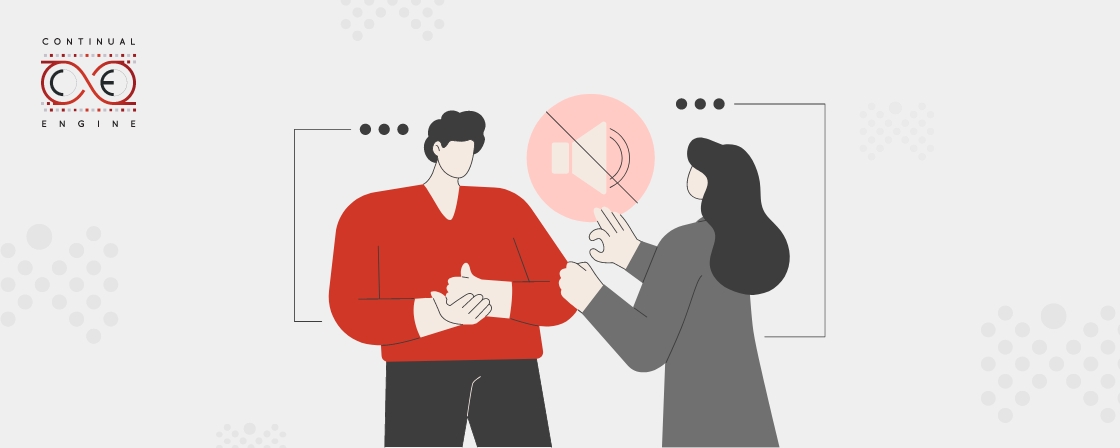What Is Digital Accessibility?
Some examples of accessibility features include screen readers for visually impaired users, video captions, ramps for wheelchair users, and PDF remediation tools for document accessibility.
What Is Inclusive Design?
Digital Accessibility Vs. Inclusive Design
| Criteria | Accessibility | Inclusive Design |
|---|---|---|
| Focus | Addresses the needs of people with disabilities. | Caters to a wide range of users across varied abilities, ages, cultural backgrounds, and contexts. |
| Goal | Removes barriers by providing equal access to information and functionality. | Provides solutions and enables a positive user experience for a broad user base. |
| Approach | Integrates, adapts, and adopts existing technology and design to meet accessibility and compliance standards. | Considers its diverse user needs and incorporates inclusivity at each stage. |
| Scope | Specific to addressing the needs of individuals with disabilities. | Aims to serve a wide range of users in a broader sense. |
| User Experience | Ensures an ecosystem or product ideal for users with disabilities. | Enables a seamless experience for all users, regardless of their abilities. |
Meeting Compliance Standards
However, these compliance standards are not just about checking boxes. They involve a commitment to inclusive design. Accessibility statements and policies are important documents that serve as blueprints for organizations to express their dedication to creating digital spaces that are free of barriers and embrace the principles of accessibility.
Inclusive Outcomes
Accessibility Vs. Inclusive Design
Final Thoughts
In conclusion, the distinction between accessibility and inclusive design serves as a cornerstone for navigating the complex digital landscape. By understanding and embracing these concepts, organizations can unlock the full potential of digital innovation, fostering inclusivity and accessibility within the digital realm. Integrating accessibility solutions from Continual Engine ensures that digital products and environments remain accessible to all individuals, regardless of their abilities or disabilities.
Interested In Learning More About Accessibility Solutions?
Stay in the know and be updated about the latest advancements and trends with Continual Engine!
